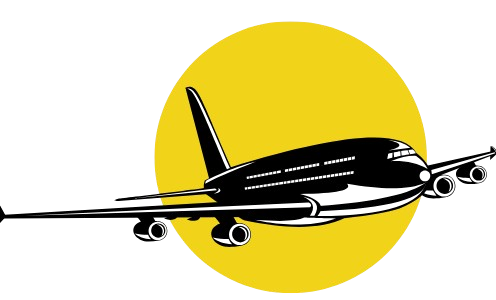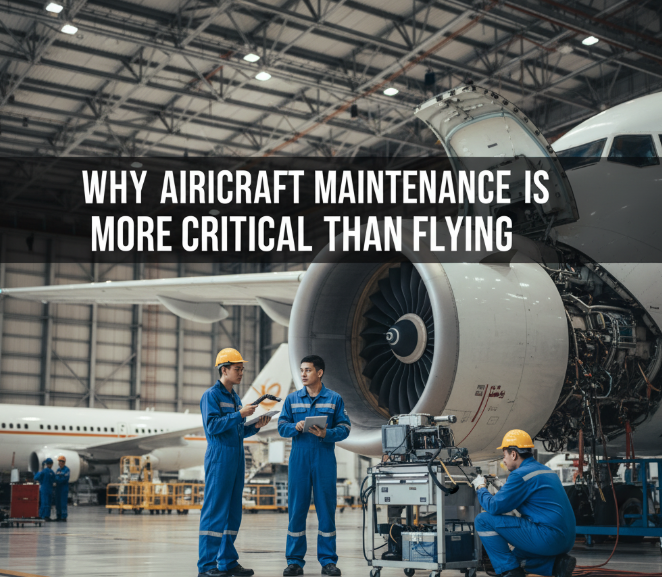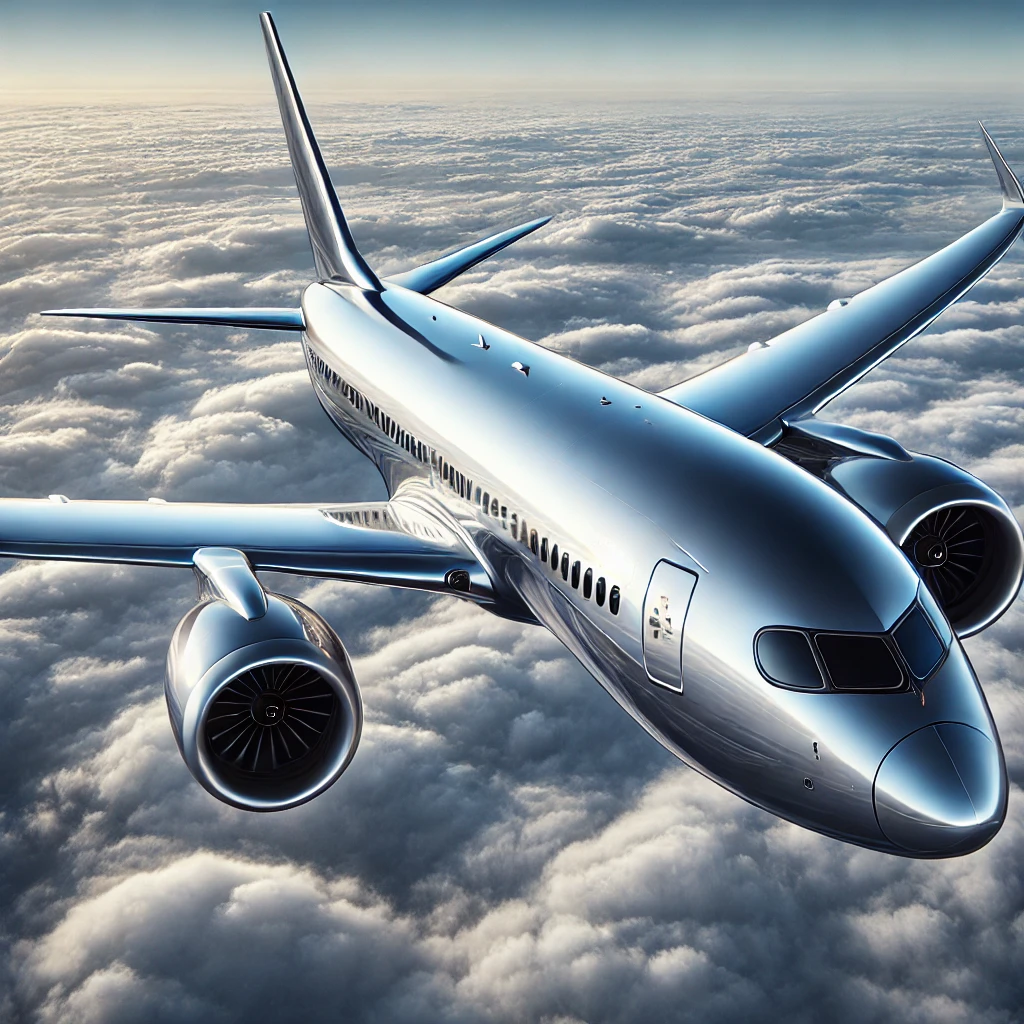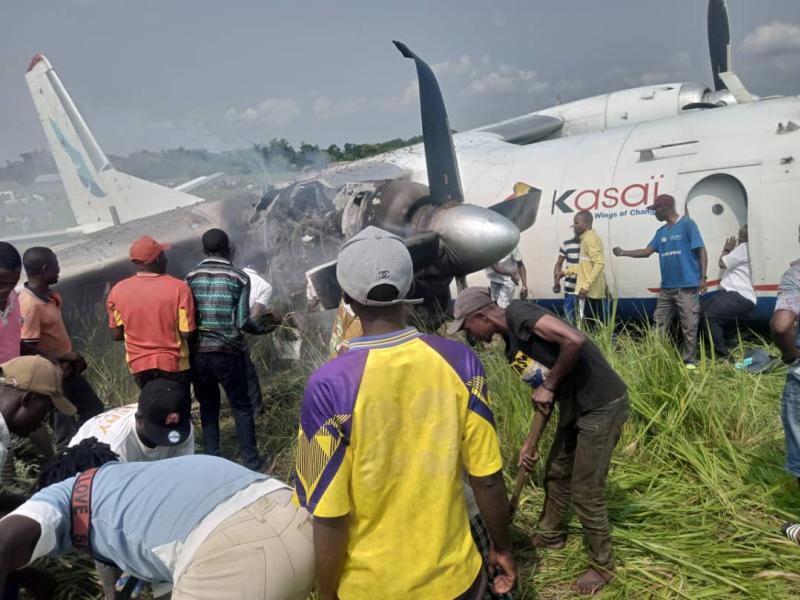By Derrick Patel
You’re entrusting your fate to the pilots who take you on an airplane trip. But here’s what might surprise you: The work that goes on on the ground — long before a plane ever leaves the tarmac — is more important than when we are flying. Aircraft Maintenance #safetyfirst The silent hero of aviation running behind the scenes and ensuring that every flight is safe, reliable, good to go.
Put another way: a pilot can be the best flyer in the universe, but if his or her plane isn’t kept operational, it doesn’t matter. A loose bolt, a worn tire or a defective sensor could turn an ordinary flight into a disaster. So aircraft maintenance isn’t just important – it’s absolutely essential to everything aviation represents.
We’re going to find out in this article what makes the maintenance of planes more important than flying them, how aircraft maintenance is what keeps planes safe, what happens when that isn’t done right — and why every passenger should give a damn about mechanics who work hard at keeping us alive many thousand feet in the sky.
The Ground Rules of Flight Safety
Before the plane ever takes off, it is thoroughly looked over and maintained. These are not just quick look-overs — they’re thorough inspections that look at every critical system in the plane from the inside out.
What Makes Maintenance So Essential?
Aircraft are highly complex pieces of machinery with millions of components running in sync. Every piece must perform, all the time. Unlike automobiles, where a minor failure could simply sideline you alongside the highway, airplane failures can have deadly consequences at 35,000 feet.
Maintenance teams are responsible for:
- Examining engines for wear and damage
- Checking all flight control systems
- Testing communication and navigation equipment
- Looking for cracks or decay in the aircraft shell
- Replacing parts before they fail
- Updating software systems
- Checking that the safety equipment is functioning as it should
Each and every one of these tasks is equally important. Miss one, and lives could be lost.
The Daily Pre-Flight Walk-Around
Even on days when no major maintenance is scheduled, pilots and ground crews carry out check flights, or “walk-arounds,” in anticipation of every flight. They check:
- Tire condition and pressure
- Fuel levels and quality
- Exterior lights
- Control surface movement
- Engine condition
- Landing gear
- Windshield and window integrity
That may sound simple, but it nips problems in the bud before they become emergencies.
Numbers Don’t Lie: Maintenance vs. Pilot Error
Think regular maintenance is overrated? Consider some stats that prove maintenance matters:
| Safety Factor | Percentage of Accidents Prevented | Influence on Flight Safety |
|---|---|---|
| Maintenance | 42% | Mechanical breakdowns are prevented |
| Pilot Training | 28% | Human mistakes decrease |
| Air Traffic Control | 18% | Safe flight routes |
| Weather Services | 12% | Dangerous weather avoided |
Maintenance prevents more accidents than any other single factor in aviation, according to aviation safety data. Although pilot skill is paramount, it’s maintenance work that keeps planes mechanically sound and ready to respond when pilots give commands.
The True Cost of No Maintenance
The consequences of cutting corners on maintenance to save money or time can be devastating. We have seen many examples in history:
Incidents attributed to poor maintenance:
- Alaska Airlines Flight 261 (2000): Inadequate lubrication of the jackscrew resulted in loss of control
- American Airlines Flight 191 (1979): Engine fell off due to maintenance missteps
- Aloha Airlines Flight 243 (1988): Explosive decompression due to shoddy inspection
- Japan Airlines Flight 123 (1985): Physical damage that was not correctly repaired and a lack of disaster response
Any of these tragedies could have been avoided with good maintenance practices and attention to details.
Complexities of Aircraft Maintenance Programs
The airlines don’t just mend broken stuff. They adhere to rigorous maintenance schedules that seek to anticipate problems before they arise.
Different Types of Maintenance Checks
Aircraft maintenance runs the gamut from daily inspections to complete overhauls. Here’s how it breaks down:
A-Check (Every 400-600 flight hours)
- Basic visual inspections
- Minor repairs
- Fluid level checks
- Takes about 10 hours
B-Check (Every 4-6 months)
- More detailed inspections
- Testing of various systems
- Minor component replacements
- Takes 1-3 days
C-Check (Every 18-24 months)
- Inspection of the aircraft structure throughout
- Deep maintenance of systems
- Major component overhauls
- Takes 1-4 weeks
D-Check (Every 6-10 years)
- Complete aircraft teardown
- All components checked or replaced
- Aircraft essentially rebuilt
- Takes 1-2 months and costs millions of dollars
This structure of maintenance means problems are found and fixed when, ideally, they are not yet dangerous.
The People Behind the Safety
Aircraft mechanics and maintenance engineers are highly trained professionals – learning the trade takes them years. They must:
- Complete extensive technical training programs
- Pass rigorous certification exams
- Keep up to date licensure with continuous testing
- Keep training on new aircraft systems
- Adhere to precise procedures for each task
These are the real guardians of aviation safety. Without their know-how and drive, the aviation we’re familiar with today wouldn’t exist.
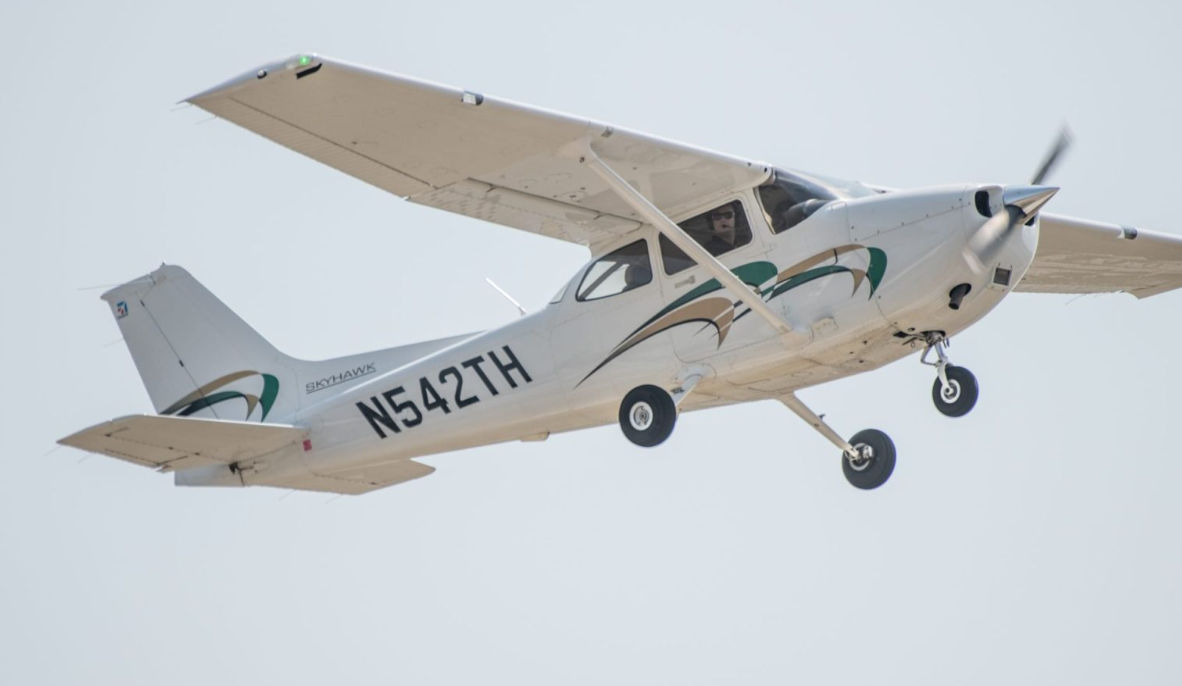
Why Pilots Can’t Fly Without Maintenance Teams
Even the most experienced pilots are nothing without those maintenance crews! Here’s why:
Flight Controls Need Perfect Maintenance
Imagine driving a car whose steering wheel connects to the wheels only 90% of the time. Terrifying, right? Flight controls of aircraft must be reliable 100% of the time. Maintenance crews make sure that all control surfaces, hydraulic lines and computers react exactly as they are supposed to when the pilot calls for them.
An Engine Is Only as Good as Its Maintenance
Jet engines are feats of engineering that work under monumental stress — extreme heat, high pressures and constant wear. They require:
- Regular inspections of turbine blades
- Oil sampling to monitor internal wear
- Scheduled replacement of components
- Testing of fuel systems
- Verification of electronic controls
An engine issue at 30,000 feet is not a problem a pilot can fix. The maintenance crew needs to make sure that the engine is perfect before the plane takes off.
How Life Support Systems Rely on Maintenance
Pressurization, oxygen systems, heating and air conditioning — all of these systems help passengers remain alive at high altitudes that humans cannot otherwise inhabit. Maintenance crews test these systems constantly because failure is not an option.
The Economics: It’s the Maintenance, Stupid
Here’s a little-known fact: airlines spend more money on maintenance after fuel than almost anything else.
| Expense Category | Percentage of Operating Costs |
|---|---|
| Fuel | 25-30% |
| Maintenance & Repairs | 15-20% |
| Aircraft Ownership | 10-15% |
| Crew Salaries | 8-12% |
| Airport Fees | 6-8% |
That 15-20% is well into the billions of dollars for the industry. But in the long run it is money well spent because this work keeps planes flying safely, which prevents the enormous costs of accidents.
Prevention Is Cheaper Than Recovery From Disasters
It is easy to feel like spending money on regular maintenance is too expensive, but try and compare that with the cost of an accident:
- Aircraft replacement: $100-400 million
- Legal settlements: hundreds of millions
- Insurance increases: permanent and massive
- Reputation damage: can be airline-killer
- Human lives: priceless
Smart airlines know that by investing in high-quality maintenance programs, they save far more than they spend over time.
Technology Makes Maintenance Even More Important
Today’s planes are computers with wings. The Boeing 787 Dreamliner has over six and a half million lines of code — more than 12 times the amount in your car. This adds to the safety and efficiency of planes, but it also makes maintenance more complicated and more critical.
Predictive Maintenance Revolution
The latest technology enables maintenance teams to anticipate issues before they occur:
- Real time sensors are checking all critical systems
- Data analysis reveals patterns that indicate a likely failure
- Mechanics are informed by computers of problems before becoming fatal
- Airlines can schedule maintenance according to the most effective schedule
This move from “fix it when it breaks” to “fix it before it breaks” has made flying the safest form of transportation in history.
The Challenge of Keeping Up
With the increasing complexities of modern aircraft, maintenance crews need to stay on their toes. What was relevant to flying on planes 20 years ago doesn’t work for today’s newfangled aircraft. That means incessant training, new tools and keeping pace with constantly changing technology.
The Maintenance That Passengers Should be Aware of
Each time you take a flight, you’re benefiting from thousands upon thousands of hours of maintenance work that you never see. Here is what goes on behind the scenes to keep you safe:
Between Every Flight
As passengers are being loaded, past flight’s maintenance problems are being solved. Any warning lights, abnormal operations or trouble codes are checked and corrected to ensure everything is working correctly.
Overnight Maintenance
When planes spend the night at airports, maintenance crews are at work inspecting and repairing equipment and getting aircraft ready for the next day’s flights.
Long-Term Care
If you do not see the same airplane for weeks or months, it is perhaps undergoing a heavy maintenance check where every critical system is inspected by technicians.
The Human Factor in Maintenance
Maintenance of aircraft is not merely a matter of ticking boxes — it involves judgment, experience and commitment.
Attention to Detail Saves Lives
A maintenance technician may inspect several hundred parts in one shift. For each, careful attention is indispensable, as even overlooking a small crack or loose connection can wreak havoc.
The Pressure of Responsibility
Imagine going to work and knowing that your efforts help keep thousands of people safe. That’s just the reality for airplane mechanics. They perform under this pressure with absolute precision.
Why Experience Matters
Experienced maintenance workers can often identify trouble when others don’t have that same intuition. They’ve seen patterns, they know what normal looks like and know when it’s not quite right.
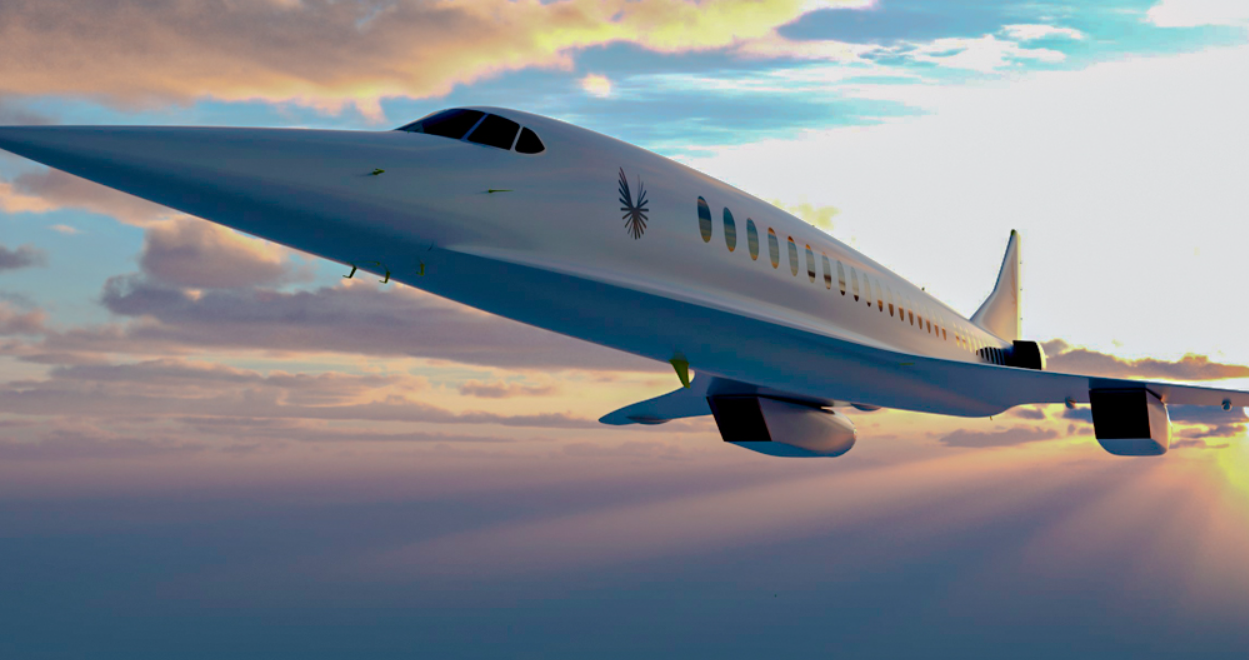
Frequently Asked Questions
Q: How often must commercial aircraft be maintained?
A: All commercial airliners are subject to some form of maintenance check each and every day. More extensive inspections occur every few hundred flight hours, along with major overhauls every several years. The most comprehensive maintenance inspection (D-Check) occurs every 6 to 10 years, and entails fully dismantling the aircraft.
Q: Can planes fly safely without proper maintenance?
A: Not at all. All planes are built with layers of safety systems and redundancy, but it all depends on maintenance. Without proper care, that small issue can develop into a much bigger problem. Flying without maintenance is an extreme hazard and illegal.
Q: Who regulates aircraft maintenance?
A: The U.S. Federal Aviation Administration has very strict maintenance guidelines in place. Other nations have similar safety officials such as the European Aviation Safety Agency (EASA). These groups make rules that airlines must follow and check up on them regularly to make sure those rules are being enforced.
Q: How can I tell if my airline keeps its planes in good shape?
A: Look into the airline’s safety record and learn whether it has certifications from established aviation authorities, as well if the airline has had incidents with maintenance issues. Airlines with a good record in developed countries are subject to heavy regulation and strict standards. Budget airlines can save money in other ways, but they are not allowed to cut corners on required maintenance.
Q: What if a maintenance issue comes up before my flight?
A: If a critical maintenance issue is found, and it cannot be resolved, the aircraft will not fly until fixed. Frustrating for passengers, yes, but it’s a sign that the airline is putting safety first. Airlines have minimum equipment lists (MEL) that dictate which systems need to be working before a plane can take off.
Q: Do pilots perform any maintenance themselves?
A: Pilots do pre-flight checks and can notice issues, but they don’t actually do maintenance or repairs. Work like that is conducted by licensed aircraft maintenance mechanics. Pilots report any problems they observe and maintenance crews fix them.
Q: Why are some flights delayed for maintenance?
A: Maintenance delays occur when something is found that needs to be fixed before the plane can safely take off. Delays are annoying, but they show that safety systems are doing what they were supposed to do. Better to be late on the ground than have an issue in the air.
Q: How expensive is aircraft maintenance?
A: Aircraft maintenance costs vary widely, depending on the type and age of an aircraft; however, airlines tend to allocate 15-20% of their operating budget to maintenance. For a wide-body aircraft, such as a Boeing 777, annual maintenance can reach into the millions of dollars. Just a D-Check overhaul alone runs $4 to 6 million and can take two months.
The Bottom Line: Maintenance Creates Flight
Here’s the truth every aviation industry person understands: flying is the easy part. The truth is, today’s airplanes are very finely engineered machines and if you take good care of them, they almost can fly themselves. The tough part — the most important part, actually — is ensuring that those planes are one hundred percent ready before they even get off the ground.
Pilots receive the glory and attention, deservedly, for their skill and professionalism. But the true heroes of aviation are those thousands of maintenance technicians who labor through the night, inspecting every critical system, replacing parts before their useful life expires and internalizing a personal responsibility for the safety of everyone who steps on an airplane.
Modern aviation wouldn’t be possible without these dedicated individuals, and the thorough maintenance programs that they conduct. Without them, planes would be crashing from the sky. Passengers wouldn’t trust air travel. The entire industry would collapse.
So the next time you hop on a plane, give some thought not just to the pilots who are about to fly but also the maintenance crews that have made that flight possible. They’ve spent hours and hours making sure every system works perfectly, that every part is ready to go, that your journey will be a safe one.
Maintenance is not more important than flying, it’s how you fly in the first place. It’s what the entire aviation system is built on, and it’s why air travel is still the safest form of transportation in the world.
The next time your flight is delayed because of a maintenance problem, don’t be mad. Be grateful. That level of commitment to safety, to sound maintenance — it’s what keeps millions of passengers from harm each and every day.
In aviation, there are no mulligans. Everything must be perfect on the first go. That is why aircraft maintenance is not only important, it’s everything.
